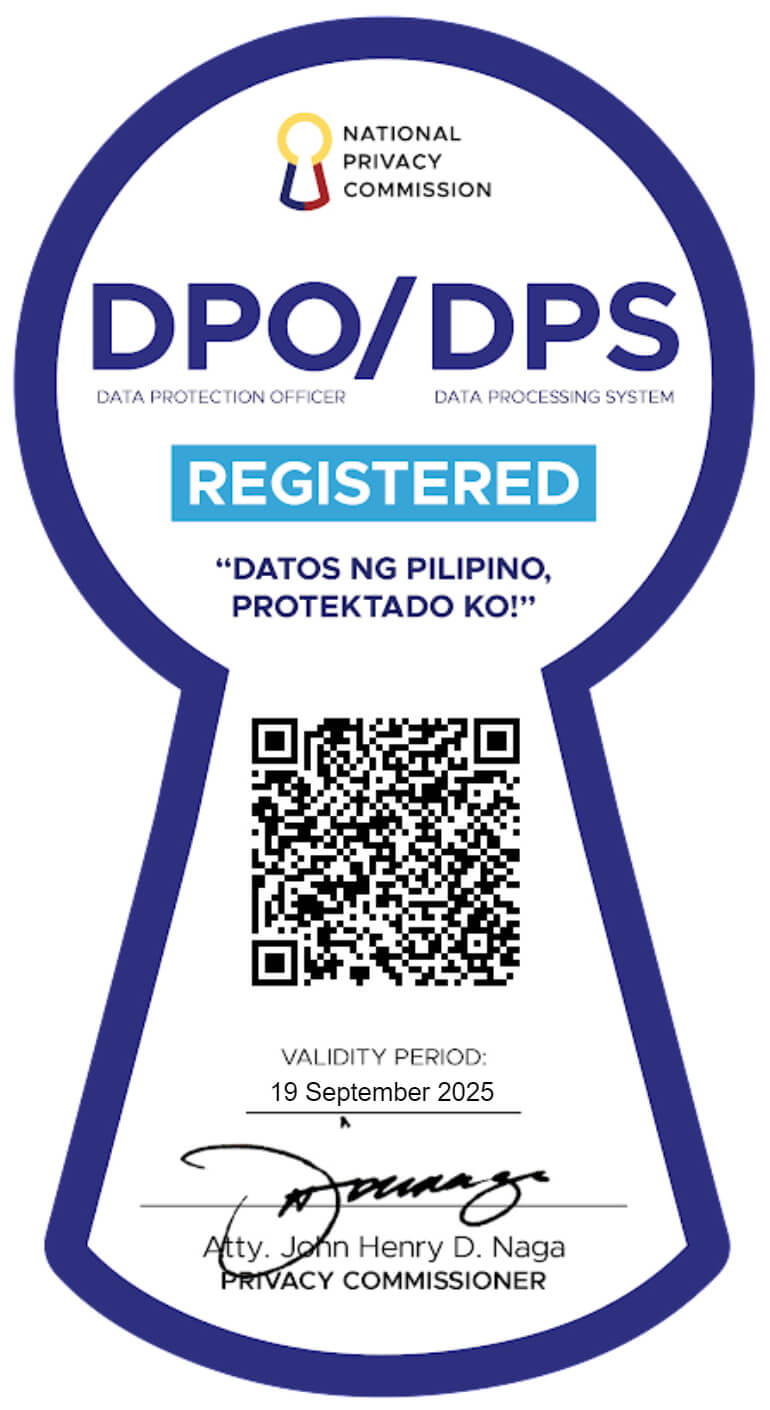-
About Us
Probe CX is a tech-powered, global customer experience organisation that amplifies human capabilities with technological excellence.
-
Awards and Accreditations
As an industry-leading CX and digital transformation provider, Probe CX has a resume to match any of our competition.
-
Compliance
Industry-recognised certifications to protect what matters most to our clients and their customers.
-
Locations
Over 19,000 team members delivering exceptional customer experiences across five countries.
-
Vision and Culture
We help our clients become modern digital organisations by combining the latest technology with people, process and data.
-
Executive Team
Meet the team with unmatched experience committed to helping organisations create environments for digitally-enabled CX to thrive.
-
 Blog
BlogDiscover the latest insights, information and trends in blogs created by customer experience experts.
-
 News
NewsLearn where Probe CX have been recognised in the news, including awards, accreditations, acquisitions, partnerships and more.
-
 Resources
ResourcesDownload our latest resources including whitepapers, case studies, tip sheets, reports and brochures..
A leading energy and gas industry retailer required support with credit collection activities and help to optimise their KMS.
- Blog
- Automation - trying to get it right

RPA/cognitive automation is widely used in BPOs and forms the basis for efficiency gains that are committed to clients. Many RPA projects are started but unfortunately do not see the light of day due to possible reasons such as incorrect process selections, lack of process understanding and absence of support from tech teams.
A lot has been written about why RPA projects have failed and I thought it would be useful to share my experience on how one can set them up for success.
- Process selection: this is critical not just for benefit realisation but also for deriving additional value through the initiative. Develop a grid of processes wherein you are able to clearly identify processes that lend themselves to full automation (end to end), partial automation or assisted automation (automation>human> automation). Define rules such as quality of data, process hand-offs/breaks in process flow, transaction volumes and decision points to assist in selecting processes as per your process automation grid. Your benefit profile is dependent on how you select processes and you also do not want your efforts to outweigh the benefits of automation. We will discuss additional value in point #5.
- RPA is software and follows Software Development Life Cycle (SDLC): many RPA projects are wrongly positioned as a quick way to reduce cost and one forgets that RPA is also software that needs to be developed, tested and deployed. At the start of your engagement, do not hesitate ask to for these factors:
- Provision of environments (Development and Test) - how much time would it take to provision environments and access to persistent dynamic desktops (PDDs) for development? Remember, infrastructure costs need to be factored in your benefit profile and having a clear view of development effort is important.
- Test data – most BPOs do not undertake end-to-end of processes and hence it’s difficult to get test data for a slice of the process that is undertaken by BPO providers. Have early discussions with your clients in regards to preparation of test data and timelines involved.
- Change management – most enterprises have a change calendar (minor changes/major changes/change freeze) and you need to align deployment to the organisation’s change calendar. Getting a view of your client’s change calendar as early as possible will help with on-time delivery of your project.
- Close working partnership with IT teams: process automation using RPA is a good example of IT and BPO synergy. At the discovery stage, engage with your client’s IT teams and share your project plan and process list. The IT team will then be aware of planned application changes (functionality uplifts/regulatory changes), as these will have a material impact on your automation project.
- Project management: a well-considered project plan that encompasses every stage (Process selection> Requirement gathering> Development effort> Test effort> Change Management and sign-offs) of automation needs to be captured and managed. Having a dedicated project manager oversee the program will assist in on-time and in-budget delivery.
- Business case: while most RPA business cases are built on cost reduction (FTE Elimination), I would suggest your business case should incorporate additional benefits of automation. Analytics, customer insights and easier data mining can be enabled through a RPA project and this could be incorporated in your business case. For example, if you are in the process of automating a payment out process. At the end of the day, if the automation has processed 1000 transactions (through the automation that has been built), you have the ability to provide a view of the total outflows from a particular fund. This can lead to further customer sentiment analysis in relation to fund performance, or if the advisor network is moving clients from one fund to another. This information is operational gold and clients love these insights as they help them manage their businesses better.
Process automation is not a silver bullet to uplift efficiency. However, when done correctly with a long-term view, it does deliver on the promise of efficiency uplift and better customer experience. I have had the opportunity to learn by delivering automation projects and hope that you will benefit from my experience.
Learn how to get started with RPA.
Related Articles
Technology
How to get started with intelligent automation
RPA can create growth opportunities and reduce operational costs but it is not a 'one size fits all' concept. Learn more in this blog here.
Technology
8 RPA trends to watch
From hyperautomation to low-code platforms and increased focus on security, learn about the latest developments shaping the world of automation.
Technology
RPA in finance and accounting - a digital transformation
The finance and accounting sector is burdened by repetitive and time-consuming tasks, which is why robotic process automation is ideal...
© Copyright 2025 Probe CX | ProbeCX is a proudly owned subsidiary of Probe Group
Privacy Policy | Responsible AI Policy | Financial Hardship Policy | Whistleblower Policy | Complaints Procedure | Supplier Code of Conduct | Make a Payment | Client Login




